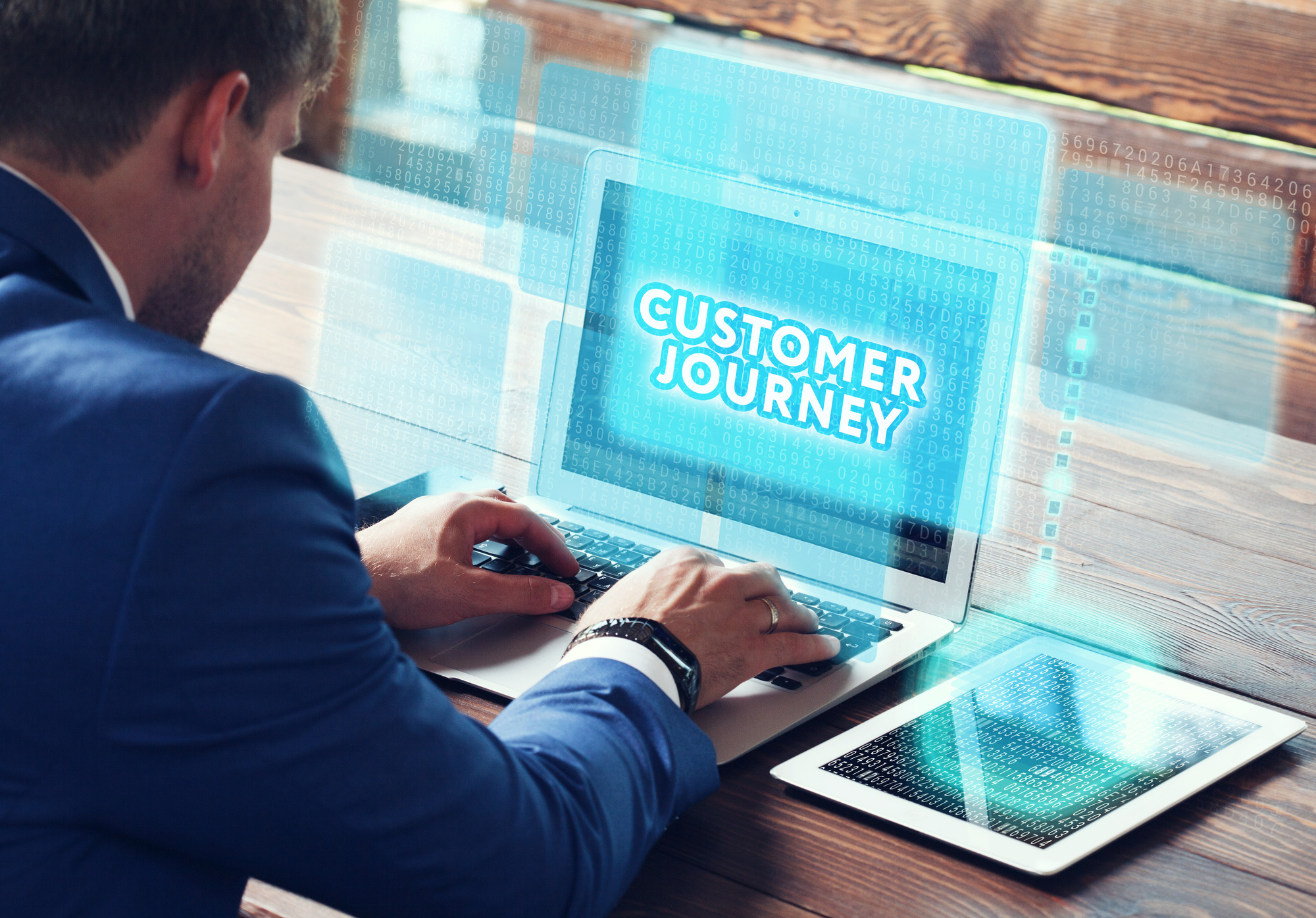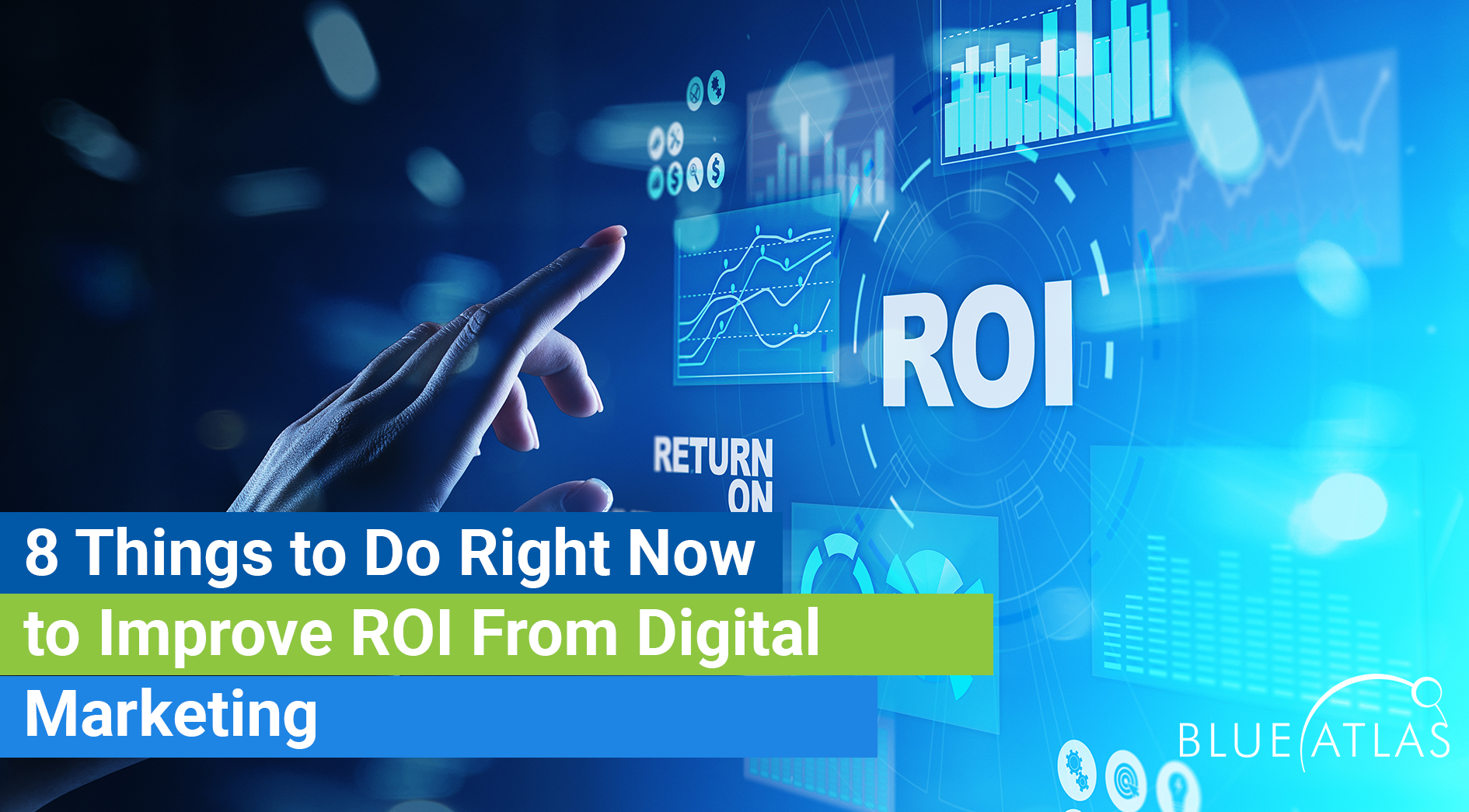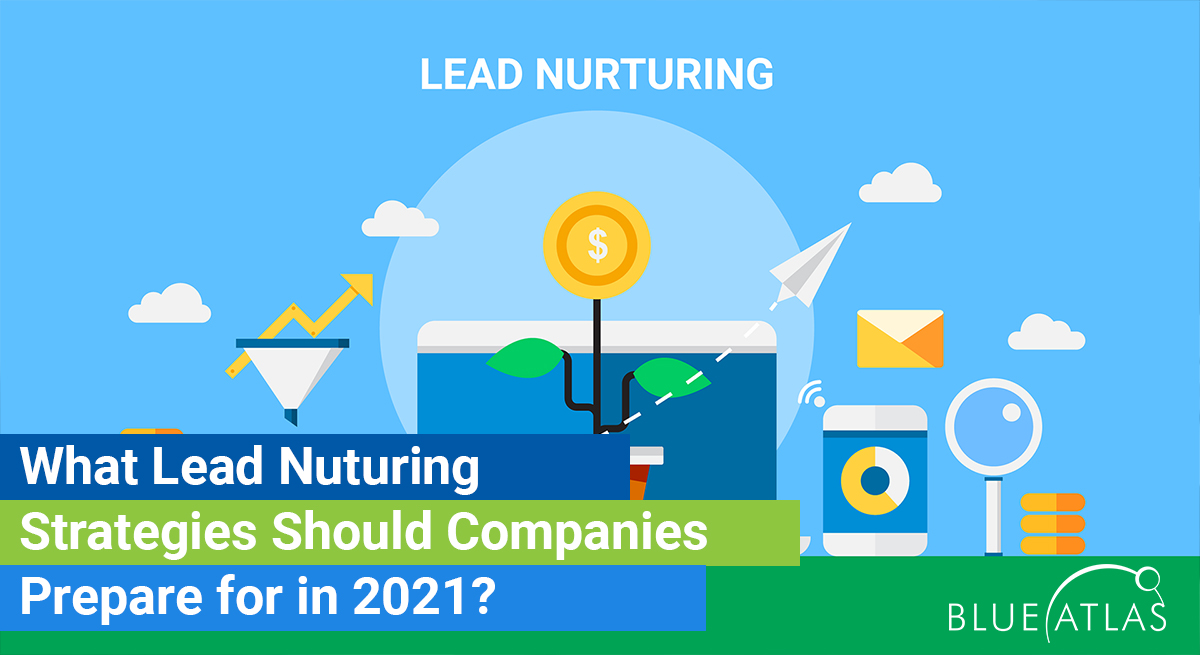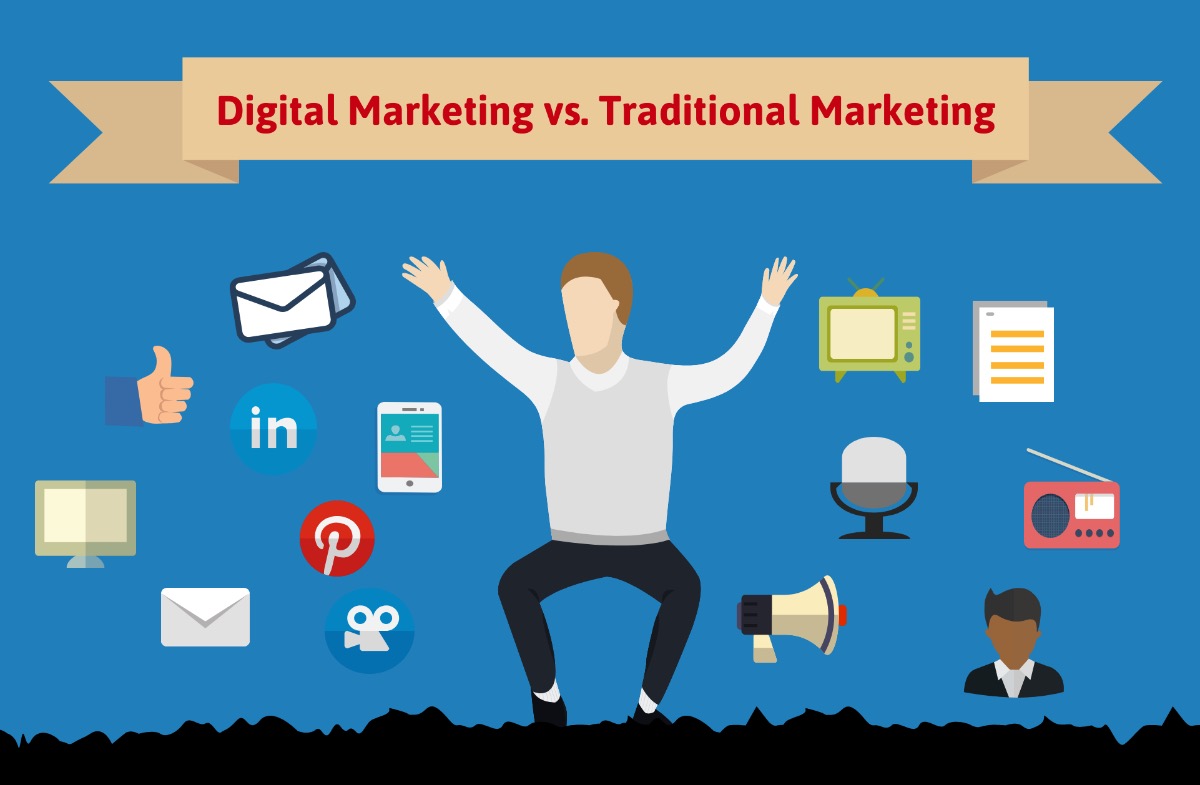The Three Stages of the Buyer’s Journey- A Comprehensive Guide

There are three very important lifecycle stages to the buyer’s journey. Here is a comprehensive guide that will help you make more sales in the future.
How do you know when a customer is ready to buy your stuff?
Believe it or not, there’s a concrete answer. It’s the reason marketers designed the buyer’s journey. They wanted a template to teach their students about purchasing behavior.
Check out the following stats.
Did you know 95% of prospects choose businesses that give relevant content at every stage of the buyer’s journey? You may be asking yourself how I build content and how I can get it to prospects.
Don’t worry; you’ll know before this article is through.
Tapping into the buyer’s journey will grant you access to a new field of measurable, verifiable data. You can use it to refine your marketing campaign and 10x your sales. You’ll also gain critical insight into how your prospects make purchase decisions.
If you want to take your business to the next level, read on.
What are the three stages of the buyer’s journey?
You can also call it a “buying decision process” or a “purchase decision process.” They all mean the same thing: the process buyers go through to procure a new product. We break this process into three stages.
1) Awareness Stage
This is the first stage of the journey. Here, your potential buyer realizes they have a problem. The problem is often referred to as a “pain point.”
As they recognize the issue, they begin to explore the problem. Is it a problem other people have? Do possible solutions exist? In marketing, this is often referred to as the top of the funnel. The sales funnel is an adjunct to the buyer’s journey.
Imagine an upside-down traffic cone. The wide end of the cone is the top; the narrow end is the bottom. Prospects begin at the top, with little to no understanding of their problem. They gain insight into their problem and available solutions as they wind their way down. The goal is to give them the right information at the right time.
When you do that, you gain their trust and prove your product is the best solution. When done correctly, you help your buyers navigate the funnel. In return, they’ll buy your product(s) as they exit the far side.
At this stage, you aim to get them the information they need. The goal is to create some recognition that you exist. In later stages, you can build this recognition into authority and trust.
In the digital age, it’s done through:
• Checklists
• Tip Sheets
• Whitepapers
• How-to videos
• Ebooks and guides
• Educational webinars
• Industry research/analyst reports
• Educational content in your blog posts
Did you know 75% of prospects will connect with you if they need your product or service? Help them recognize their need. Provide the necessary information, so they’ll seek your advice for their solution.
2) Consideration Stage
Marketers also refer to this as the middle of the funnel. If the top of the funnel is synonymous with recognition, the middle is synonymous with trust. After your prospects put a name to their pain in stage 1, they continue to research their problem and look for a solution. They perform most of this research on Google and other search sites. Social media sites run a distant second.
Your goal for stage 2 is to continue feeding them the necessary information. The difference is in the type of information you’re feeding them. It’s more about product comparisons and intermediate-level guides.
• FAQs
• Data Sheets
• Case Studies
• Product Webinars
• Demonstration Videos
As you continue giving them information about their problem, they recognize you as an authority. This is essential. First comes recognition, then trust, and finally authority.
When prospects trust you, making your sale is easy.
The middle of the funnel is usually an extended engagement. You nurture your prospects, build your relationships, and establish trust. Some of you may still be confused about how to get the information to them. It’s a method called “inbound marketing.”
The concept is simple though the process is challenging. Start by defining your prospect’s pain points. Which of their problems does your product solve?
Investigate every nuance of that problem. You’re going to regurgitate that information back to your prospects. And you’ll do it in a way that gets you noticed!
This is where tools like search engine optimization (SEO), copywriting, and social media marketing come in handy. Mastering any one of these will give you a leg above the competition. Mastering all three will ensure your content lands in your prospect’s lap when they need it.
Thirty years ago, this type of inbound marketing was rare. Marketers focused more on outbound marketing, aka advertising. Within outbound marketing or advertising, there are two different types, both very different from each other: traditional advertising and digital advertising. As you’re learning, the differences between inbound and outbound marketing are just as great.
3) Decision Stage
In no other stage of the buying process is the difference between traditional vs. digital more evident. The buyer has all the information they need to make a decision. It’s the bottom of the funnel.
They know they have a problem. They understand the problem and its possible solutions. Now they’re ready to make their decision and make a purchase.
The cool part is they need little to no coaxing.
All that information you’ve given them, all that authority and trust you’ve built is about to pay off. No need to get sales. That work is already done for you. Instead, offer your prospects extra value:
• A free trial
• A free consultation
• More benefits
• Samples
• Live demonstrations
If they buy your product, they’ll get a solution to their problem and then some. Fortunately, in stage one you learned all about your target customers. What extra value can you offer them that will guarantee a sale?
Once you have that, offer it to them with your product! Remember, there’s no need to get pushy. Those who are ready to buy will do so. The rest are at another stage of their journey or went with a different product.
Note: if it’s the latter, it may be a sign that you need to work on your content in stage two, the middle of the funnel.
What’s Next?
Well, are you ready to put the buyer’s journey to use? Then it’s time to begin your research. Begin with your target prospects and their problems.
Expand outward from there.
Look for holes in the content already available. Study your competition and their products. Remember, information is the weapon of choice in the digital age.
If you enjoyed this article, visit our website and check out our other fantastic marketing editorials.




